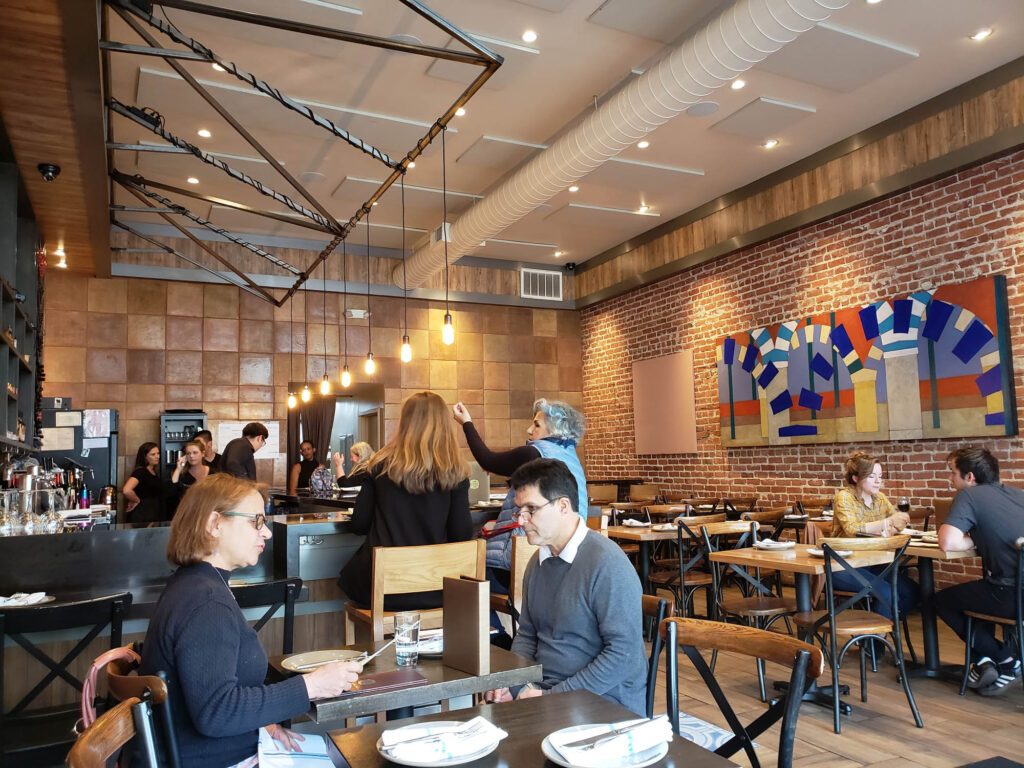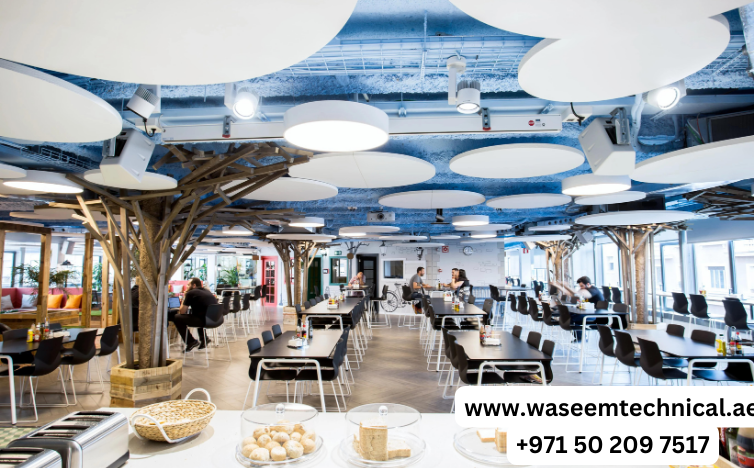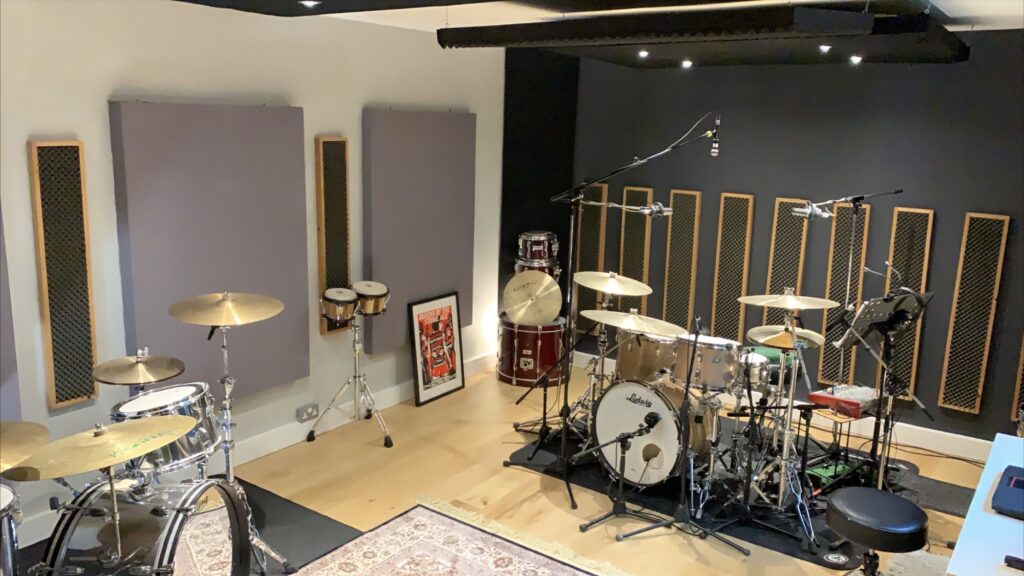In the realm of dining experiences, the ambiance plays a crucial role in shaping patrons’ perceptions and overall enjoyment. While factors like food quality and service are undoubtedly pivotal, the auditory environment can often be overlooked. However, the impact of restaurant acoustics on diners’ experiences should not be underestimated.
The Importance of Restaurant Acoustics
When patrons step into a restaurant, they enter a multisensory world where taste, smell, sight, and sound converge. While delicious aromas and visually appealing decor contribute to the ambiance, the auditory environment can significantly influence patrons’ perceptions.
Poor acoustics can lead to a cacophony of noise, making it difficult for diners to engage in conversation or enjoy their meals without distractions. On the other hand, well-designed acoustics can create a pleasant and inviting atmosphere, enhancing the overall dining experience.

Factors Influencing Restaurant Acoustics
Several factors contribute to the acoustic environment of a restaurant, including:
- Layout and Design: The architectural layout and interior design elements, such as materials used for flooring, walls, and ceilings, can impact sound reflections and absorption.
- Furniture and Decor: The choice of furniture and decor can affect sound propagation within the space. Soft furnishings and acoustic panels can help absorb sound, reducing reverberation and noise levels.
- Noise Sources: Identifying and mitigating noise sources, such as kitchen equipment, HVAC systems, and background music, is essential for optimizing the acoustic environment.
- Occupancy Levels: The number of patrons in a restaurant can influence noise levels. Proper spacing and seating arrangements can help manage noise and maintain a comfortable dining atmosphere.
Strategies for Perfecting Restaurant Acoustics
To enhance dining experiences through improved acoustics, restaurants can implement various strategies:
- Acoustic Treatment: Incorporating sound-absorbing materials, such as acoustic panels, curtains, and wall coverings, can help reduce reverberation and control noise levels.
- Strategic Layout: Designing the layout of the restaurant to optimize sound distribution and minimize noise propagation can contribute to a more pleasant dining environment.
- Noise Management: Implementing noise-reducing measures, such as installing soundproofing materials and controlling background music levels, can help mitigate disruptive noise sources.
- Customization: Tailoring acoustic solutions to the specific needs and aesthetic preferences of the restaurant can ensure a harmonious balance between acoustics and ambiance.
Contact Waseem Muhammad Technical Soundproofing Expert in Dubai: +971 50 209 7517
Conclusion
In the quest to provide exceptional dining experiences, perfecting restaurant acoustics is a critical consideration. By addressing factors such as layout, design, noise management, and customization, restaurants can create inviting and comfortable spaces where patrons can fully immerse themselves in the culinary journey. Ultimately, prioritizing restaurant acoustics contributes to a holistic dining experience that leaves a lasting impression on guests.
FAQs
How do restaurant acoustics impact diners’ experiences?
Restaurant acoustics can significantly influence patrons’ comfort and enjoyment. Poor acoustics may lead to difficulty in conversation, increased stress levels, and a less enjoyable dining experience overall.
What are some common challenges in restaurant acoustics?
Common challenges include excessive noise levels, reverberation, and sound reflections caused by hard surfaces. Identifying and addressing these challenges is crucial for improving the acoustic environment.
How can restaurants improve their acoustics?
Restaurants can improve their acoustics by incorporating sound-absorbing materials, optimizing layout and design, managing noise sources, and customizing solutions to suit their specific needs.
Are there any regulations or standards for restaurant acoustics?
While there are no specific regulations for restaurant acoustics, adhering to general guidelines for noise control and acoustic design can help ensure a pleasant dining environment.




